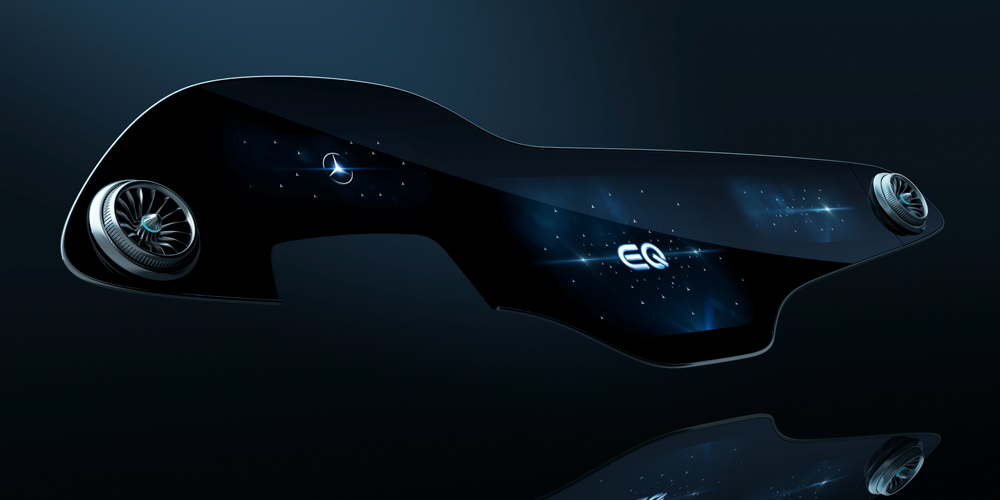
If you think the 17-inch touchscreen in the Tesla Model S is already pretty hard to beat, think again. Mercedes-Benz is redefining the in-car display, and it now has the American EV maker one-upped with a screen so big that it literally lives up to its name.
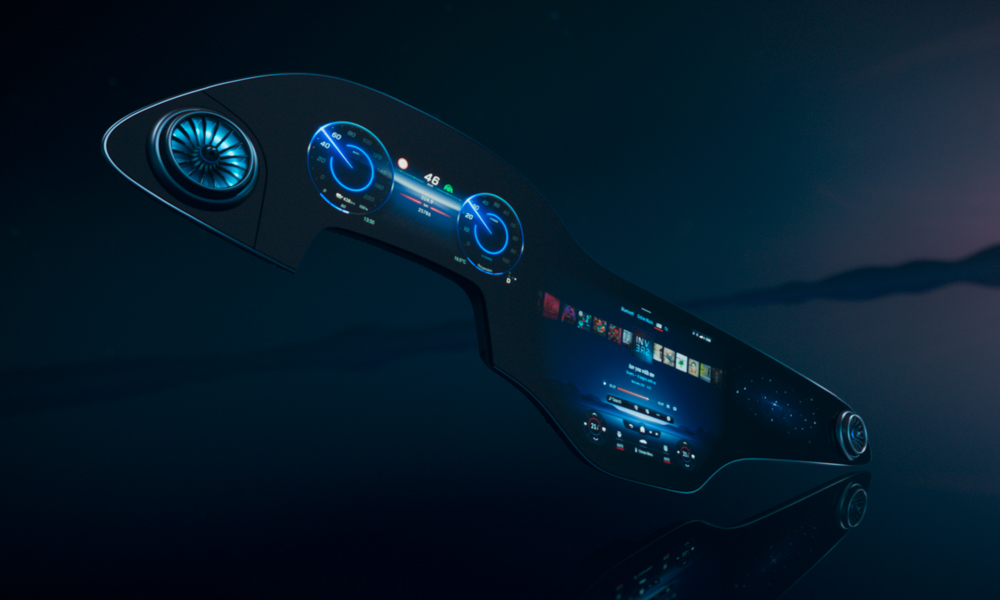
Enter the Hyperscreen, a gargantuan 56-inch screen that completely dwarfs anything currently available on the market. And just before you dismiss this thing as a design study, the Hyperscreen will actually debut on the upcoming Mercedes-Benz EQS electric sedan.
Spanning across the entire width of the dashboard with two cutouts for air vents at the edges, it makes you want to assume that it is one big screen. But it’s actually several OLED screens cleverly stitched together to provide a seamless display with outstanding image quality.
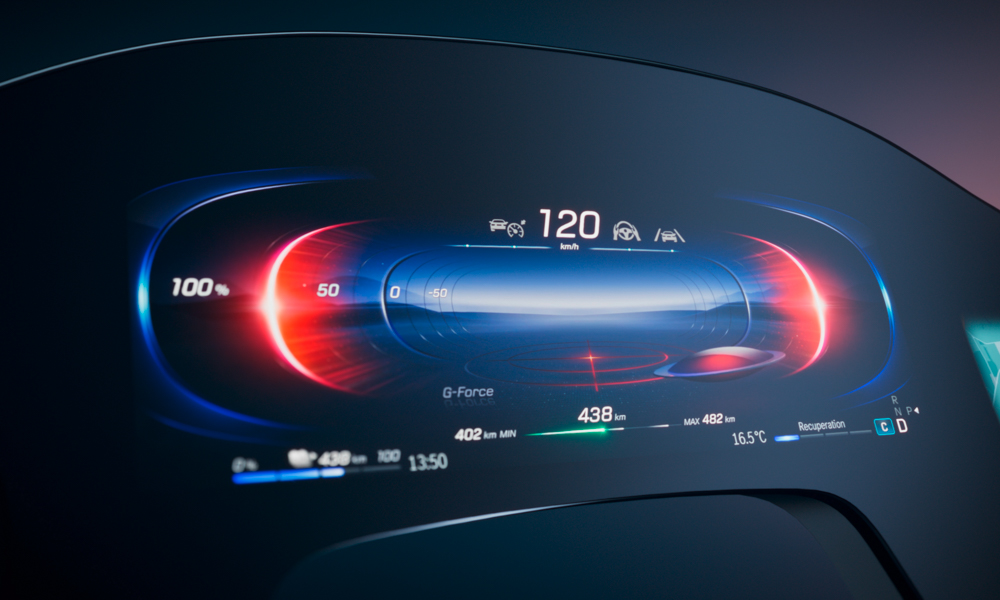
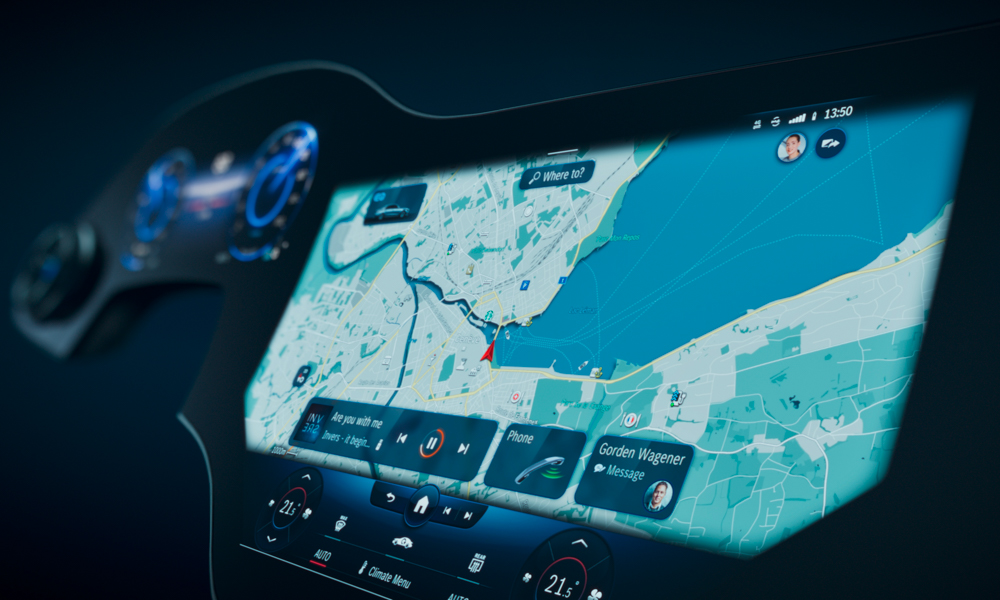
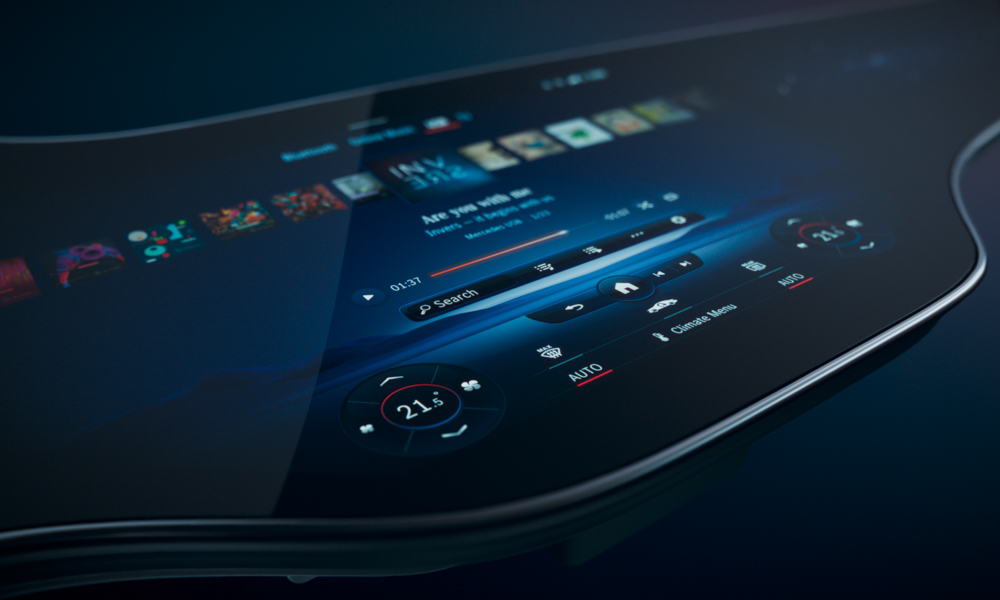
At the heart of the Hyperscreen lies MBUX—or the Mercedes-Benz User Experience—one of the better in-car infotainment systems in the industry today. Tackling the “UX” part is a “zero-layer” approach to the interface, where there will no longer be a bunch of confusing menus to browse through. Apparently, all of the car’s gadgets will be presented up front, thereby making them easily accessible.
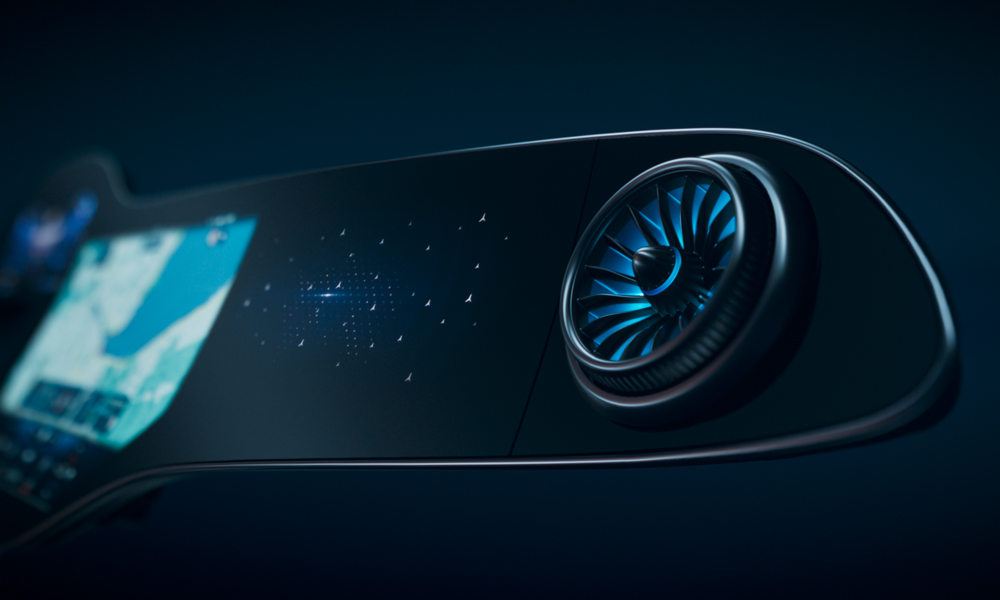
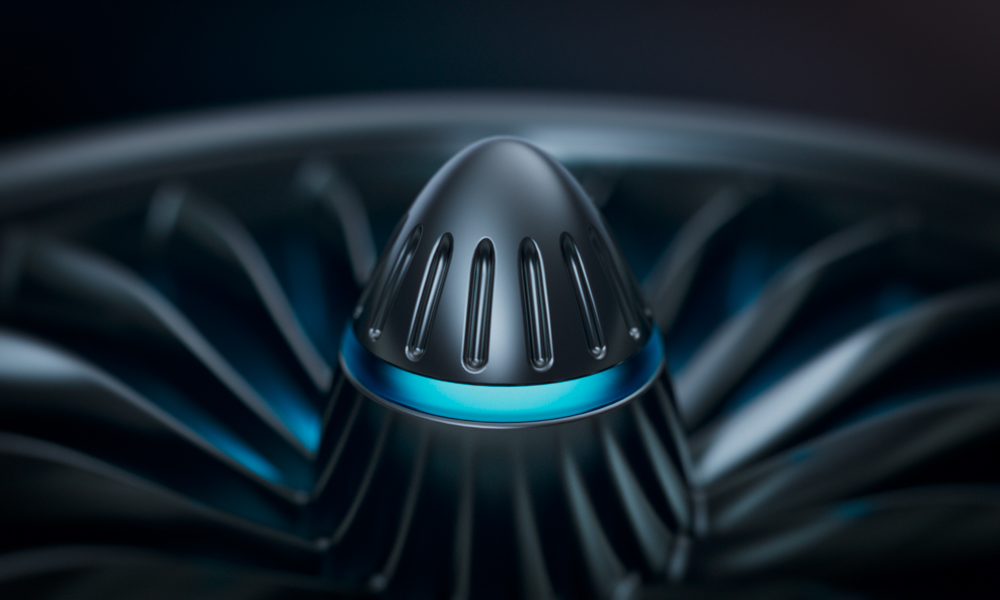
There are several cool features in the Hyperscreen. Mercedes-Benz has thoughtfully included actuators that generate haptic feedback to let users know that they’ve selected something. To minimize distractions, artificial intelligence built into MBUX can study usage patterns to prioritize commonly used features. The Hyperscreen is also divided into zones that can be personalized by the driver and the passenger.
As for safety, the glass is made of a scratch-resistant material and has been coated twice to reduce glare and reflections inside the cabin. The screen has also been reinforced with a honeycomb structure to reduce the chances of breaking or shattering in the event of a crash.
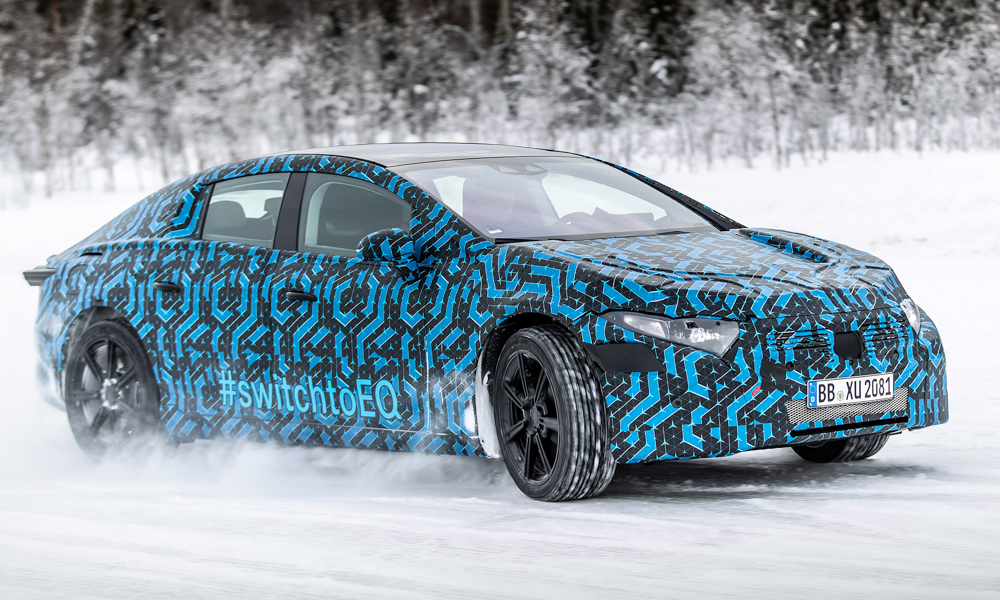
Now, we love high-tech innovations like this. But the Hyperscreen raises a few eyebrows, especially in terms of driver distractions. Even with artificial intelligence at play to help minimize this, the driver would always have to take his eyes off the road just to change a simple function—all of which a physical button or rotating dial can do just as easily.
What do you think? Would you rather have this instead of a dashboard full of tactile switches and knobs?


0 Comments